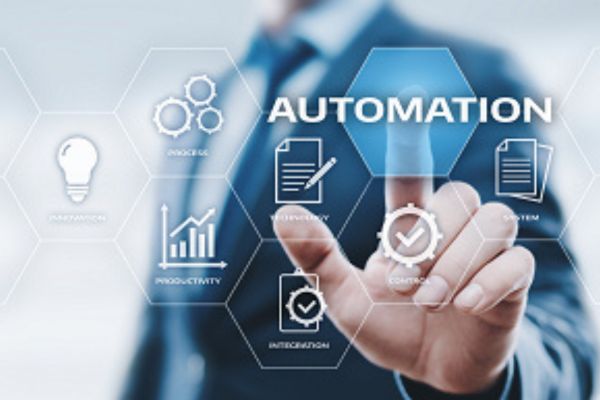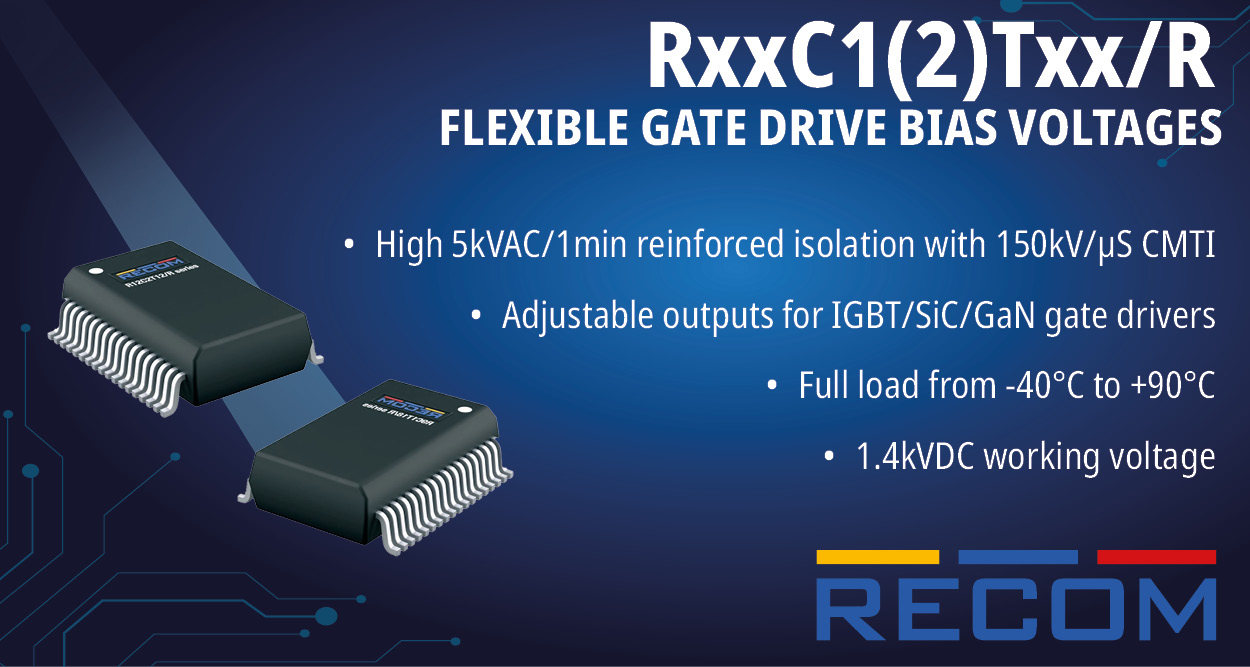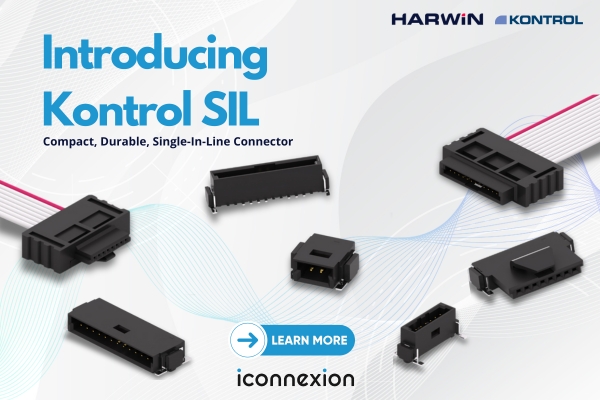The current business landscape is saturated with talk of Artificial Intelligence (AI). Many organizations struggle with the practical reality of how to harness AI’s power without undergoing expensive and risky disruptions to the core systems that currently run our business, despite the constant claims that it will revolutionize everything. The very innovation AI promises is frequently stifled by the fear of “breaking things” or of making “false starts”.
Traditional digital transformation frequently offers a difficult decision: try piecemeal integrations that don’t scale or provide consistent value, or start with a comprehensive, multi-year overhaul of core systems. Even though big ideas are essential, it’s not always necessary to tear down the foundations in order to move forward. There’s a more pragmatic, effective way to weave AI and automation into the fabric of our daily operations – by viewing efficiency through the lens of Peripheral Automation.
What is Peripheral Automation?
Advaiya, a technology consulting company, developed the Peripheral Automation framework recognizing that enterprise systems aren’t monolithic.
They consist of layers: a stable core (housing essential data and application logic), surrounded by layers facilitating business processes and enabling much better user experiences & interactions.
Peripheral Automation focuses much of the innovation efforts on outer layers – the ‘periphery’, instead of modifying the stable, often complex core. Think of it as adding smart lighting and voice assistants to your home (the periphery) without needing to fundamentally rewire the main circuits (the core). However, with Peripheral Automation, once the core is outdated or drastically needs an upgrade, the organization can very easily replace that core without facing issues because now many of the functions are running through the processes and peripheries. This enables a uniquely composable and decomposable approach to enterprise architecture.
PA Meets AI: Supercharging efficiency:
This approach proves powerful when integrating AI. Instead of attempting complex AI implementations directly into core systems, PA provides a framework to deploy AI tactically at the periphery, where it can enhance everyday tasks and deliver immediate value with things like Intelligent Information Access, streamlined peripheral workflows, enhanced user experiences, and smarter data handling.
The Strategic Advantage of the PA Approach:
Focusing AI and automation efforts on the periphery delivers compelling benefits:
The PA + AI Approach’s Strategic Advantage
- 1. Rapid Experimentation: Before dependencies get built, test and assess amongst …… many options/ many approaches/ many ways to build
- 2. Lower risk: There is less operational disruption because core systems are secure and stable.
- 3. Faster time-to-value: Measurable efficiency gains are achieved considerably more quickly by focusing on high-friction peripheral tasks as opposed to extensive core transformations.
- 4. Makes use of current investments: By adding contemporary features to existing core platforms (such as SAP, Oracle, or older D365 instances), PA increases their lifespan and value.
Peripheral Automation offers a crucial bridge between the potential of AI and the practical realities of running a business.
Innovation isn’t really achieved through grand technological leaps; it is done by having a much more reliable framework to guide that innovation. By adopting Peripheral Automation businesses can unlock significant gains in everyday efficiency, build momentum, and harness the true power of AI, step by step.

By Mr. Manish Godha, Founder & CEO of Advaiya
















